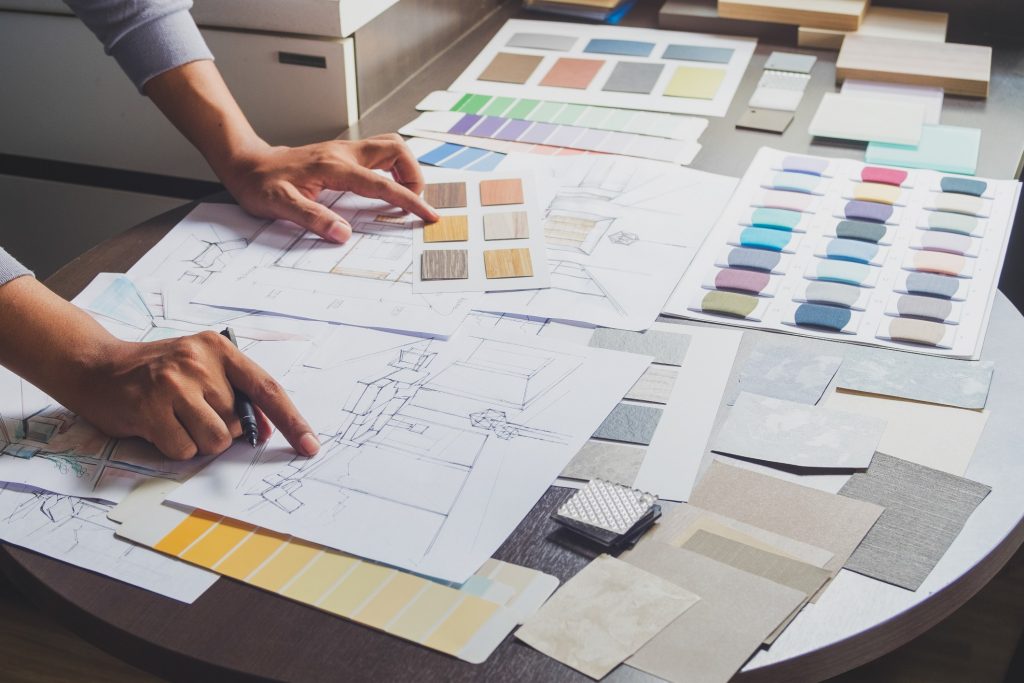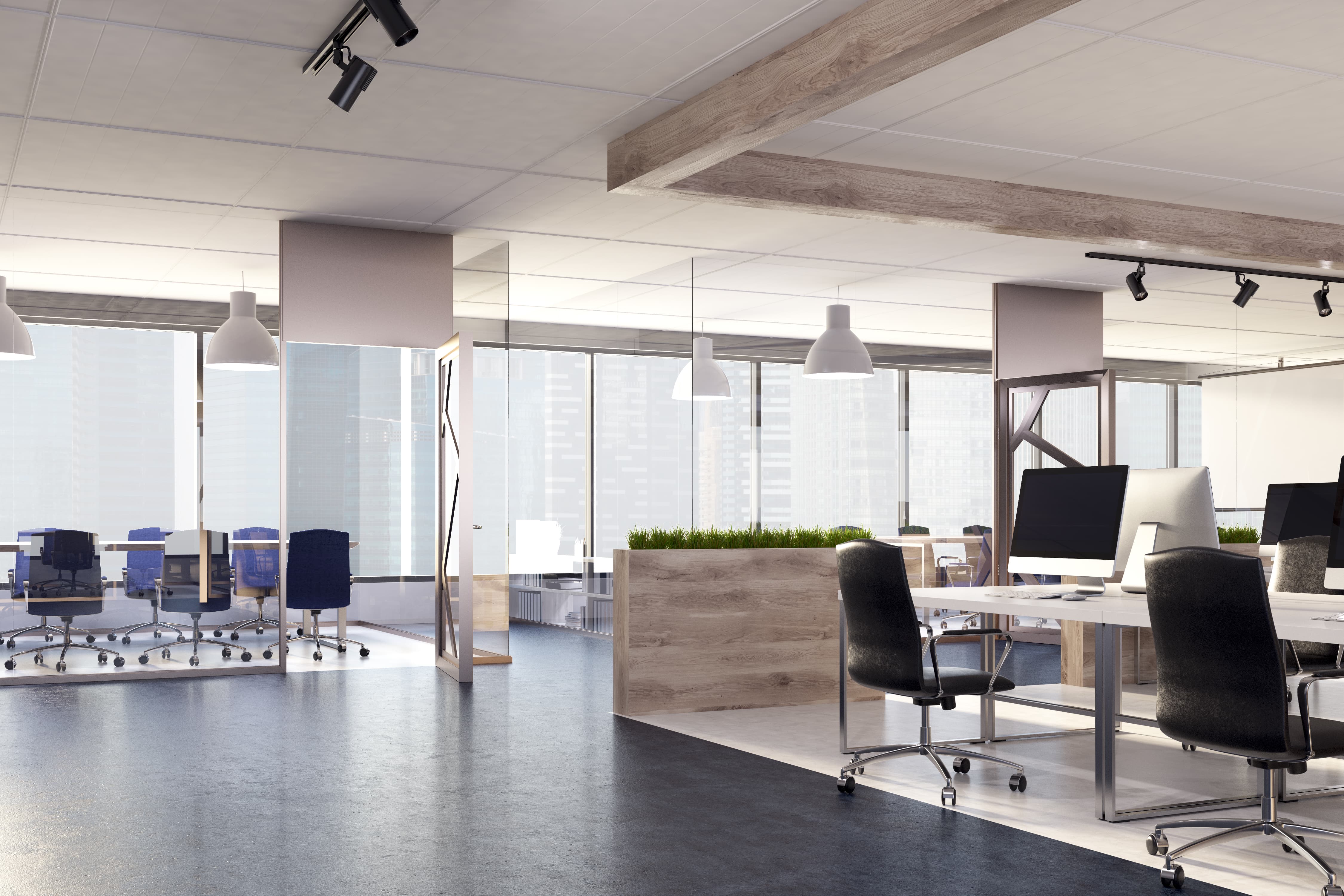Most commercial tenants undertake a leasehold improvement project at some point because it is unusual to find a commercial property that exactly matches the requirements of their unique business.
But you cannot approach a tenant improvement project in the same way as a design and build project in a property that you own. So countless horror stories occur when business owners fail to plan their leasehold improvement project properly.
Here are 10 issues you need to avoid when you are planning your next tenant improvement project:
Failing to Plan Ahead
It is important to figure out your space needs before you lease your commercial space so that you can find premises that need as few alterations as possible. Your plan should take into account both your company’s current needs and future growth potential.
It is a good idea to consult with a specialist design consultancy like Truspace who may be able to create a workspace design with lower square footage.
Forgetting to Plan a Budget
Every project needs a well-planned budget, and your tenant improvement project is no exception.
Bear in mind the fact that increasing your lease improvement costs will reduce your budget for decoration. This is why it is important to try and find a commercial space that needs minimal alterations.

Not Securing Finances First
Failing to secure finances before signing your lease could land you in trouble if you cannot afford all of the alterations that you need. So before you sign any paperwork, meet with your bank to discuss your financing needs.
You should also explore all of your financing options for leasehold improvements to help ease the pressure on your cash flow.
Leaving Your Landlord Out of Your Plans
Leasehold improvements are often included as an addendum to your lease so it is vital to discuss your renovation plans at the lease negotiation stage.
You should never carry out tenant improvements without consent and you also need to agree who pays for leasehold improvements. Make sure that you discuss plans for both the initial work and any renovations you may carry out in the future.
Not Protecting Your Assets
Tenant improvements usually become the property of the landlord as soon as work is completed and need to be left behind when you move out of the building.
This includes any assets such as machinery or built-in furniture so if you want to remove these at the end of your lease, you will need to add a clause in your lease. Your bank may require this type of clause if it is financing any of the assets, so have your lease checked by a reputable commercial lawyer before you sign it.
Forgetting to Ask About TIA
We are currently in a strong tenant market so your landlord may be willing to offer additional inducements to secure your signature on the lease. It is worth trying to find out what other tenants in your building have been offered to make sure that you are not underselling yourself.
You should certainly negotiate Tenant Improvement Allowance (TIA) or a period of zero or reduced rent to offset the cost of tenant improvements.
Choosing Turnkey Improvements
Your landlord may also offer you ‘turnkey improvements’, where you choose from a list of options presented by your landlord who then carries out the work at their own cost.
This can sometimes result in corner-cutting and poor quality work so is generally only suitable for basic options like paint or carpet colors. For more complex work, it is better to manage the project yourself or hire a design consultancy to carry out the work for you.

Not Hiring Experts
Bear in mind that your landlord has a personal interest in keeping the cost of your project low.
It is better to involve a third-party design and build vendor who can give an unbiased opinion on your lease improvement project. Make sure you obtain quotes and references from reputable tenant improvement contractors who have carried out similar work and have a good track record of meeting project schedules and budgets.
An experienced design consultancy like Truspace will have strong relationships with expert contractors and can take this responsibility off your hands.
Failing to Plan for Problems
In an ideal world, all renovations would be completed on schedule and within budget but it is more likely that your project will run into some problems. So your project’s timeline should include buffer room to allow for work overrunning and your budget should have a contingency fund to cover additional costs.
When you are making your plans, make sure you work with your employees to minimize the disruption for your business.
Taking Your Eye Off the Ball
Once work gets underway on your renovations, you will need to keep a close eye on progress so that you can adjust plans if things start to go off track. You should be prepared to put off some work to keep the project running on schedule and to incur additional costs throughout your project.
Truspace’s expert project managers have the necessary experience to make the leasehold improvement process simple and pain-free for you. So get in touch with Truspace today to find out how we can help you avoid problems with your next leasehold improvement project.




